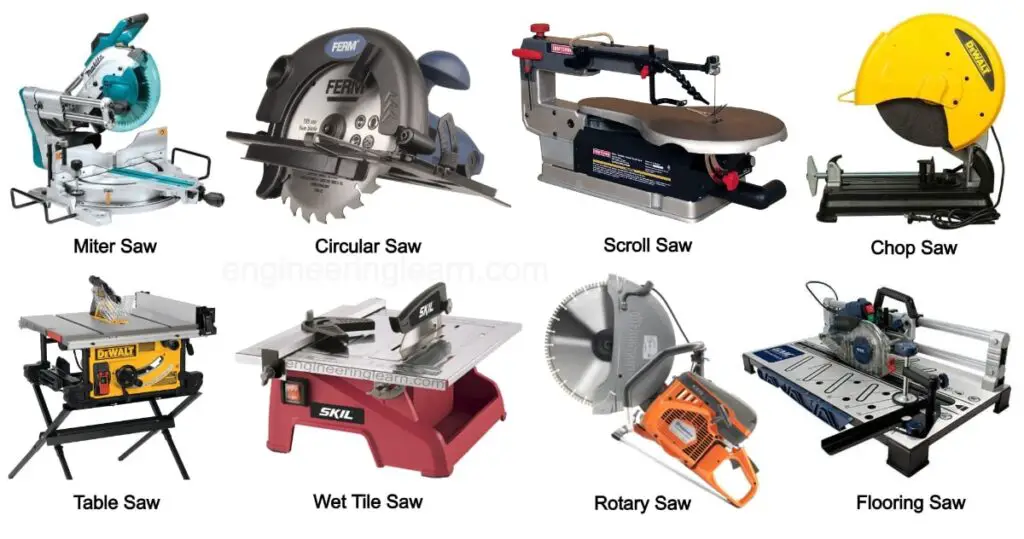Introduction to Cutting Machines for Wood

Woodworking is a craft that has been around for centuries, and it continues to be a popular hobby and profession today. One of the most important tools in any woodworker’s arsenal is a cutting machine. These machines are designed to make precise cuts in wood, allowing craftsmen to create intricate designs and shapes with ease. There are several different types of cutting machines available on the market, each with its own set of advantages and disadvantages. In this article, we will explore the world of cutting machines for wood, discussing their various features and benefits as well as some potential drawbacks. Whether you’re a seasoned professional or just starting out in woodworking, this guide will help you choose the right cutting machine for your needs.
The Different Types of Cutting Machines for Wood
When it comes to cutting machines for wood, there are several different types available on the market. Each type has its own unique features and capabilities, making them suitable for different applications and projects.
One of the most common types of cutting machines for wood is the table saw. This machine consists of a circular blade that is mounted onto an arbor and driven by an electric motor. The blade protrudes through a slot in a flat surface, allowing users to make precise cuts by sliding the wood along the table and into the blade.
Another popular type of cutting machine for wood is the band saw. This machine uses a long, continuous blade that is stretched between two wheels to make curved or irregular cuts in wood. It’s ideal for intricate designs or shapes that can’t be achieved with a table saw.
Other types of cutting machines for wood include jigsaws, scroll saws, and miter saws. Jigsaws are handheld tools that use reciprocating blades to cut curves and angles in wood. Scroll saws are similar to jigsaws but have finer blades that allow for more detailed work. Miter saws are used to make angled cuts in wood, such as those needed for crown molding or picture frames.
Overall, choosing the right type of cutting machine for your woodworking project will depend on your specific needs and preferences. By understanding the different types available, you can make an informed decision and achieve professional-quality results every time.
The Advantages of Using Cutting Machines for Wood
When it comes to woodworking, cutting machines can be a game-changer. They offer a range of advantages that make them an essential tool for any woodworker. Firstly, cutting machines are incredibly efficient and save time. With the ability to cut through large pieces of wood quickly and accurately, they allow woodworkers to complete projects in a fraction of the time it would take with traditional hand tools.
Secondly, cutting machines provide precision and accuracy that is hard to achieve with manual tools. This is particularly important when working on intricate designs or complex cuts. Cutting machines ensure that every cut is precise and consistent, resulting in a professional-looking finished product.
Another significant advantage of using cutting machines for wood is their versatility. They can handle a wide range of materials, including hardwoods, softwoods, plywood, MDF, and more. This means that woodworkers can use cutting machines for various projects without having to invest in multiple tools.
Overall, the advantages of using cutting machines for wood are clear: they save time, provide precision and accuracy, and offer versatility. While there are some disadvantages to consider (which we will discuss shortly), these benefits make them an essential tool for any serious woodworker looking to improve their craft.
The Disadvantages of Using Cutting Machines for Wood
While cutting machines for wood offer numerous benefits, there are also some disadvantages to consider. One of the main drawbacks is the cost. Cutting machines can be quite expensive, especially if you’re looking for a high-quality model that will last for years. Additionally, these machines require regular maintenance and upkeep, which can add to the overall cost over time.
Another disadvantage is that cutting machines can be dangerous if not used properly. It’s important to follow all safety guidelines and wear protective gear when operating these machines. Additionally, they may not be suitable for all types of woodworking projects. For example, intricate designs or delicate materials may require more precise tools than a cutting machine can provide.
Despite these drawbacks, cutting machines remain a popular choice among woodworkers due to their speed and efficiency. However, it’s important to carefully weigh the pros and cons before investing in one of these machines to ensure that it’s the right choice for your specific needs and budget.
Conclusion
In conclusion, cutting machines for wood are essential tools for any woodworking project. They come in different types and sizes, each with its own advantages and disadvantages. Whether you are a professional woodworker or a DIY enthusiast, investing in a good cutting machine can save you time and effort while ensuring precision and accuracy in your work. However, it is important to note that these machines can be dangerous if not used properly, so it is crucial to follow safety guidelines and take necessary precautions when operating them. With the right knowledge and skills, cutting machines for wood can help bring your woodworking projects to life with ease and efficiency.
Conclusion
In conclusion, cutting machines for wood have revolutionized the woodworking industry by providing a faster, more efficient way of cutting and shaping wood. With the different types of cutting machines available in the market, woodworkers can choose the one that best suits their needs and budget. While there are advantages to using these machines such as precision, speed, and increased productivity, there are also disadvantages such as cost, maintenance requirements, and safety concerns. Ultimately, it is up to each individual woodworker to weigh the pros and cons before deciding whether or not to invest in a cutting machine for their woodworking projects. However, with proper use and maintenance, these machines can be a valuable addition to any woodworking shop.






